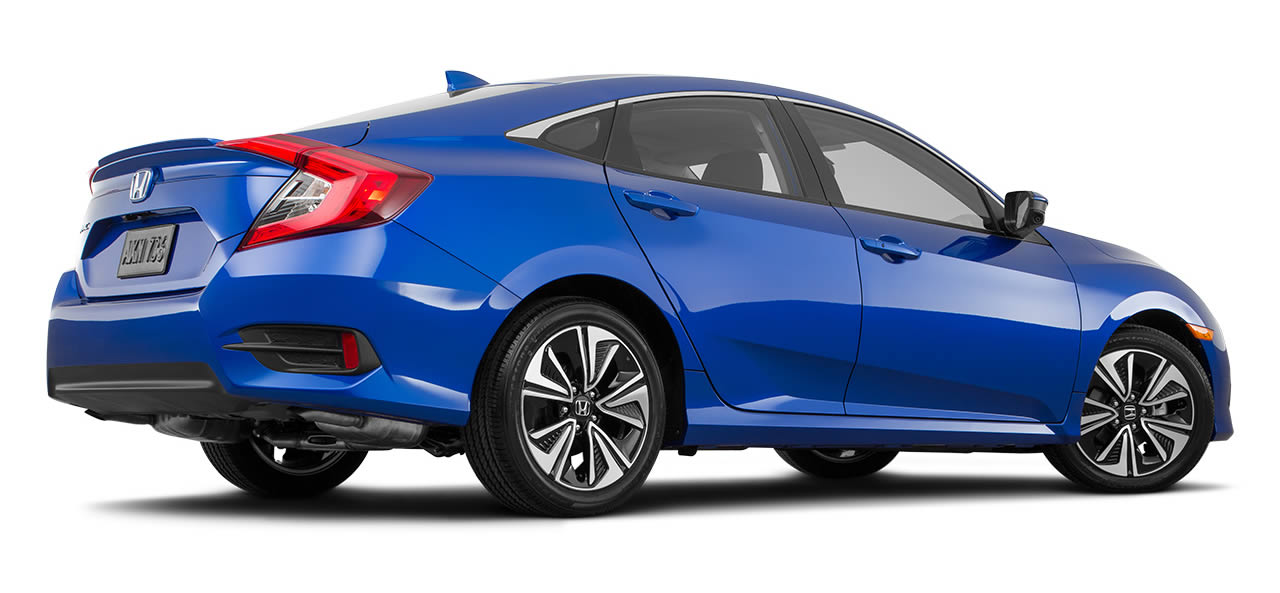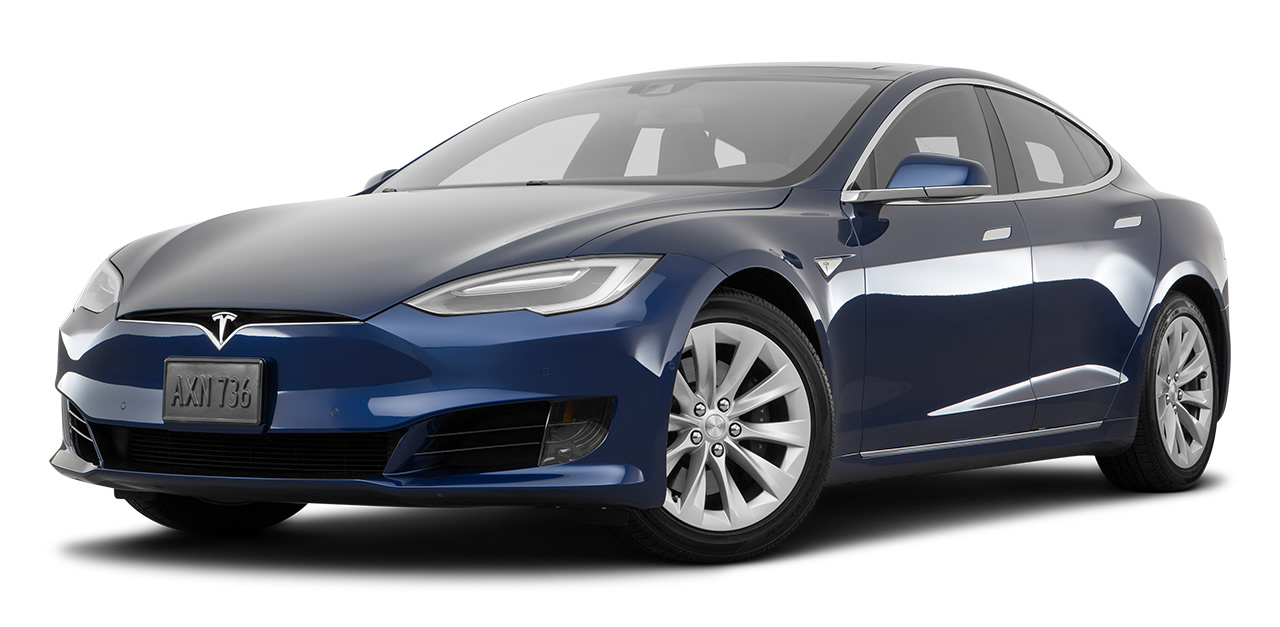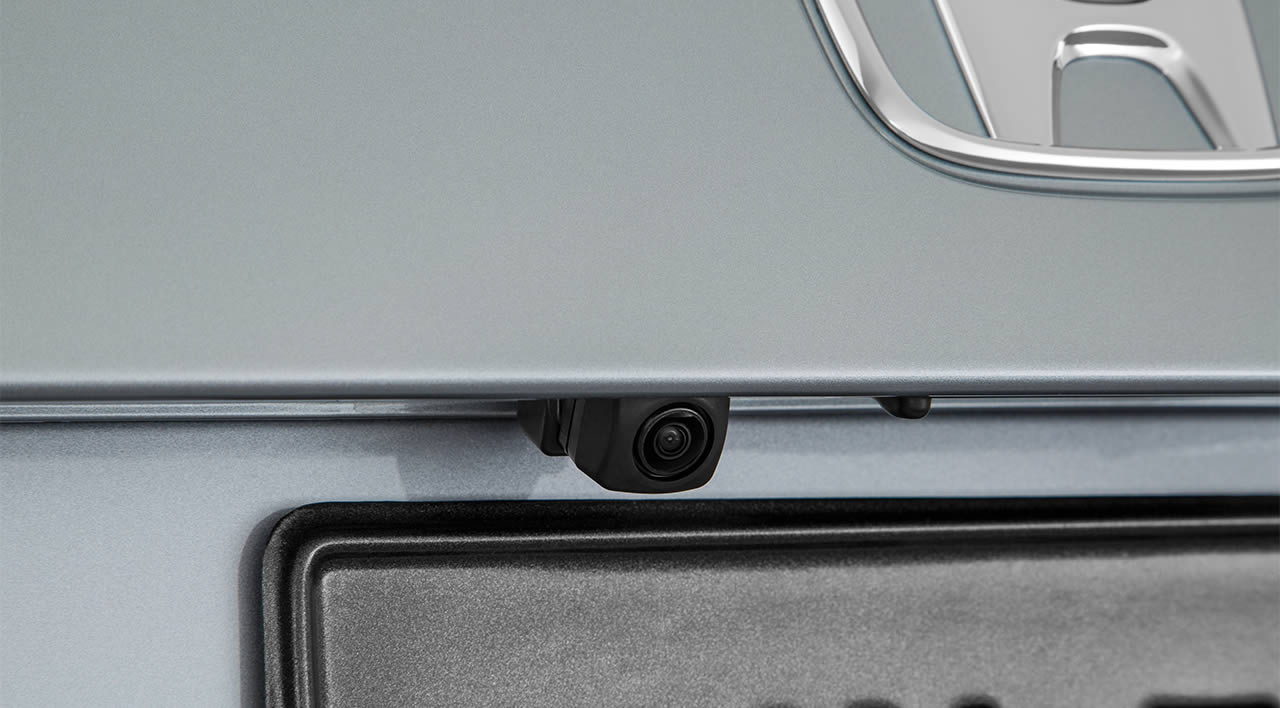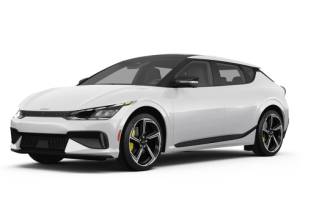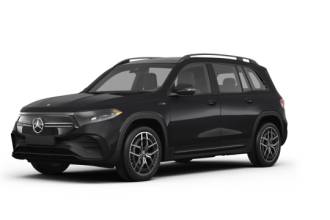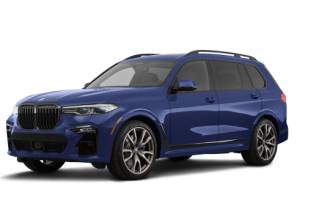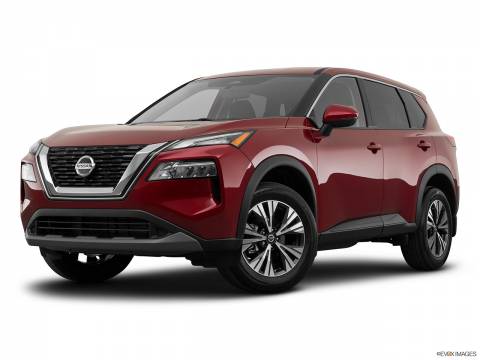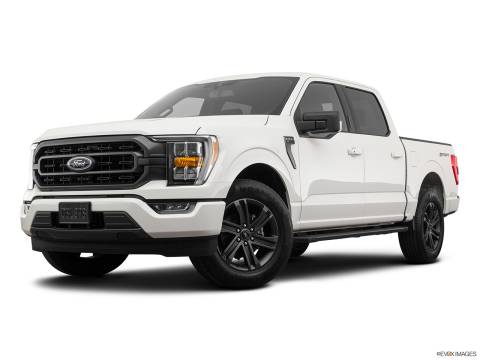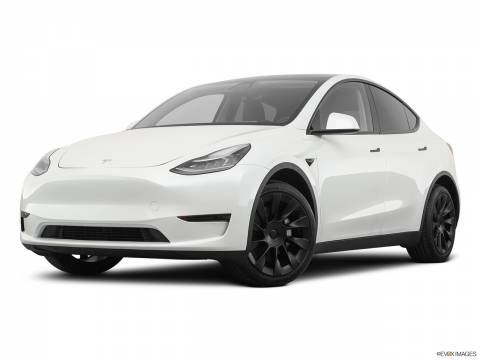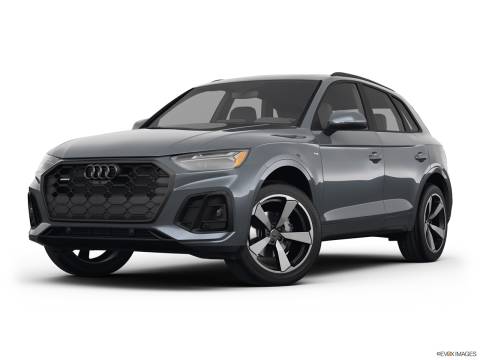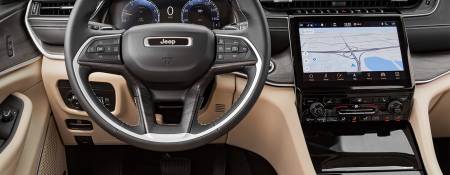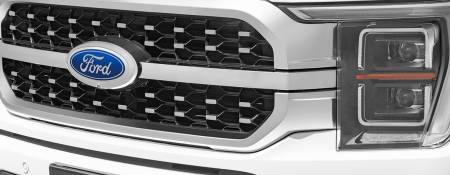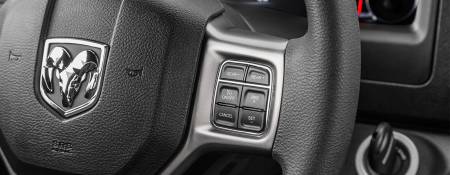Nobody knows who created the "first car." However, we know that human beings were dreaming up transport technology as early as the 15th century. The sketches of self-propelled cars made by Leonardo da Vinci might seem oddly prophetic today.
The modern car based on combustible engine started to take shape in the late nineteenth century. Since then, every decade has seen innovations in car design and technology. New features have made cars easier, safer, and cheaper to drive.
Here are some features that are exciting to the car enthusiasts of today:
1. Navigation System
Navigation systems use satellite data to calculate the location of a vehicle and then estimate routes to the destination in real-time. Even though satellite-based automotive navigation technology has been available since 1966, it became affordable for general consumers in the 1980s and gained significant market acceptance in the 1990s. Today it’s almost unimaginable to buy a new car without a navigation system or at least, attaching a custom one.
Using a Navigation system means no more hard-to-read printed huge maps and no more getting lost. It saves you time and also saves you money due to declining time you spend on the roads. For people who drive on regular routes, it might not be a big deal, but for drivers who visit new areas more often, the time and cost saved can add up.
The Canada top selling Honda Civic comes with integrated Navigation Systems in some models.
2. Autopilot
Advancement in sensors, camera, and artificial intelligence is improving autopilot in new cars. While tracking the road, it can monitor the driver’s eyes to ensure his/her full attention. The technology uses GPS data, cameras and sensors to keep track of the roads, making so far, hands-free driving on high-ways as easy as pushing a button. Cadillac’s Super Cruise and Tesla Model S cruise control are great examples of the latest in this technology.
While autopilot makes long-distance highway driving easier also improves energy efficiency through maintaining constant speeds overall. Generally, human drivers are prone to acceleration and deceleration during elevation changes and even in the flat, resulting in energy waste.
Tesla's Model S has received a massive amount of software updates that improve the autopilot systems on the highways.
3. Keyless Entry
The simple lock-and-key systems make your car vulnerable to theft. Today car thieves can learn to jack a car by only watching a YouTube video about "how to get back into your locked car."
This is why manufacturers came up with a simple solution: a remote controlled key. Remote keys or keyless entry has been around since the 1980s. The earliest systems were easy to hack. Car thieves could intercept the secret code sent from the remote key to the car using radio signal capture devices and replicate the code signals by using emulators. Modern remote key systems are more sophisticated. Besides using code that changes every time, manufacturers use car sensors to detect the physical presence of the remote key. So generic key signal emulators are useless with these cars, although I'm not absolute.
Additionally, keyless entry makes it convenient to gain access to your car. Often you can tap on your pocket to get your car door unlocked. When you have your hands full with your grocery or your child, you don’t have to worry about putting them down. On some areas of the world that we are all used to know, If you are walking alone at night, you don’t have to worry about getting attacked at your car door while fumbling with the key.
4. Smartphone Integration
Americans, specifically, spend an average 17,600 minutes driving each year. That’s a lot of time on the road. As a result, Apple and Google have started competing in the "auto-zone," launching products such as Apple CarPlay and Android Auto, to actually integrate the respective mobile operating systems with their cars. This means you can plug your iPhone or Android devices to "compatible cars" and then use your phone apps directly from the car dashboards.
While phones are each time more important in our interconnected lives, it is dangerous to use them while driving. Smartphone integration gives you a safer way to use your phone, and I would prefer to say "your connectivity." You can easily voice message or talk without jeopardizing your safety while also giving you alternatives to your car's native software. For example, you can use your favorite navigation or restaurant recommendation phone app instead of being stuck with the car's dashboard software.
5. Collision Avoidance System
Collision Avoidance Systems (CAS) primary purpose is to avoid or decrease the impact of a crash. CAS uses the car's sensors, cameras, and brakes to achieve this goal. Due to the enormous benefits, European Commission mandates the system in all new vehicles (starting in 2015). Most OEMs implement some form of collision avoidance in their new cars. Nissan Rogue’s system is an excellent example of a state-of-the-art implementation.
Collision avoidance systems can save lives. It helps avoid accidents during high-speed driving. But it can also help during parking or back out. This feature in your new car will make your driving experience safer.
6. Lane Departure Warning System
Long driving can be tedious and tiring. Falling asleep while driving is not uncommon and we are all exposed to it, even from the incoming traffic. Lane Departure Warning Systems (LDW) use car cameras and lane markers to detect if you are veering off the path. The sample of Kia’s lane departure warning system is a good case to understand how LDW works.
LDW systems come with built-in safeguards to activate only in monotonous driving situations. If you are driving slowly because looking for your destination or making a turn, the system will not beep. It will only warn when you are veering off lane on a highway or on a long road, usually above 60 Km/h.
7. Blind Spot Detectors
This has been around for a while, longer than most of the previously mentioned systems. A lot of new cars have blind spot sensors. These use sensors to check if there are any vehicles in a blind spot during a lane change or a turn. On detection, the system warns the driver of possible danger. Honda, Ford, Mercedes-Benz, Nissan, Toyota and many more OEMs are offering this feature.
On blind-spot related accidents, both new and experienced drivers are subject to it. New drivers might miss blind spots due to lack of experience while experienced drivers might miss them due to overconfidence. So detectors can help everyone, and they are also helpful for parallel parking and backing.
8. Backup Cameras
Accidents during backing up is a common phenomenon and even more since the huge SUV driving trend in North America. Accidentally driving over children while coming out of the driveway is a tragedy that sadly happens far too often. Backup cameras can help avoid such tragedy as the rearview mirror is not an intuitive way to see if there is a small person or small obstructions on the back of your car.
Backup camera works as an efficient substitute for the rearview mirror when backing up. Due to the usefulness of backup cameras, Canada and the United States have passed a legislation to make it mandatory to have a backup monitoring technology on all new standard and passenger vehicles from May 2018.
Backup camera on a Honda Civic.
9. Self-Driving Vehicles
The self-driving car is not just a feature but a whole new vehicle technology. There is great excitement surrounding this innovation. Tesla, Google Waymo, and Uber are competing against each other to come up with the best self-driving car technology before 2020.
Compared to the transportation model we use every day, a person behind the wheel, self-driving cars have broad implications for society as a whole: Fewer accidents, less traffic congestion, and less fuel consumption will become the norm. It will be possible for the elderly and the disabled people with no driving alternatives to use transportation efficiently.
The Last Word
Car OEMs are brainstorming, testing and implementing new features every day in our cars to make them better. Features like autopilot, collision avoidance, lane departure warning, blind spot detection, and backup cameras keep us all safe and are an excellent proof of technology serving us around.
Features such as navigation systems, keyless entry, and smartphone integration, while not directly related to safety, make our lives easier and, of course, the ultimate feature that everyone is awaiting is the self-driving capability.
We have come a long way from the sketches of Leanardo da Vinci’s self-propelled car, right?



